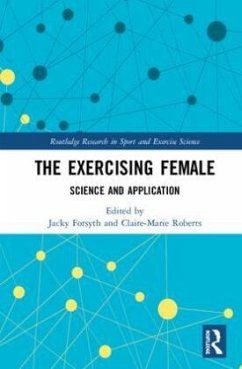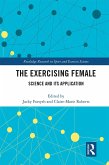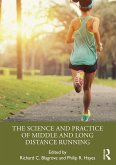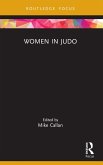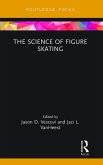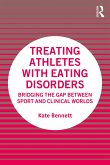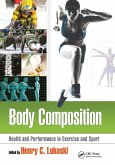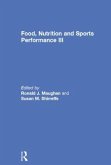The Exercising Female: Science and Its Application is the first book to provide students, researchers, and professionals with an evidence-based reference on the exceptional scientific issues associated with female participation in sport and exercise. Based on the latest research, and treating women as a unique population, the book seeks to critically evaluate current debates, present the science underpinning female sport and exercise performance, and inform applied practice for the exercising female.
Featuring contributions from leading scientists from around the world, and adopting a multidisciplinary approach-from exercise physiology, endocrinology, and biochemistry to psychology, biomechanics, and sociology-the book includes chapters on topics such as:
Exercise and the menstrual cycle, contraception, pregnancy, motherhood, and menopause.
Body image, exercise dependency, the psychology of sports performance, and homophobia infemale sport.
The Female Athlete Triad, bone health, musculoskeletal injury, and breast biomechanics.
Nutritional requirements for the exercising female, immune function and exercise, and cardiovascular health.
Filling a considerable gap in book literature around the science of female sport and exercise, this is crucial reading for any student studying female sport and exercise science, researchers of female sport, and any coach, sport scientist, strength and conditioning coach, sport psychologist, physician, or physiotherapist working with female athletes.
Featuring contributions from leading scientists from around the world, and adopting a multidisciplinary approach-from exercise physiology, endocrinology, and biochemistry to psychology, biomechanics, and sociology-the book includes chapters on topics such as:
Exercise and the menstrual cycle, contraception, pregnancy, motherhood, and menopause.
Body image, exercise dependency, the psychology of sports performance, and homophobia infemale sport.
The Female Athlete Triad, bone health, musculoskeletal injury, and breast biomechanics.
Nutritional requirements for the exercising female, immune function and exercise, and cardiovascular health.
Filling a considerable gap in book literature around the science of female sport and exercise, this is crucial reading for any student studying female sport and exercise science, researchers of female sport, and any coach, sport scientist, strength and conditioning coach, sport psychologist, physician, or physiotherapist working with female athletes.

